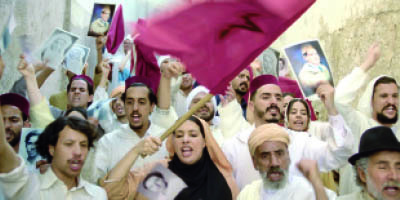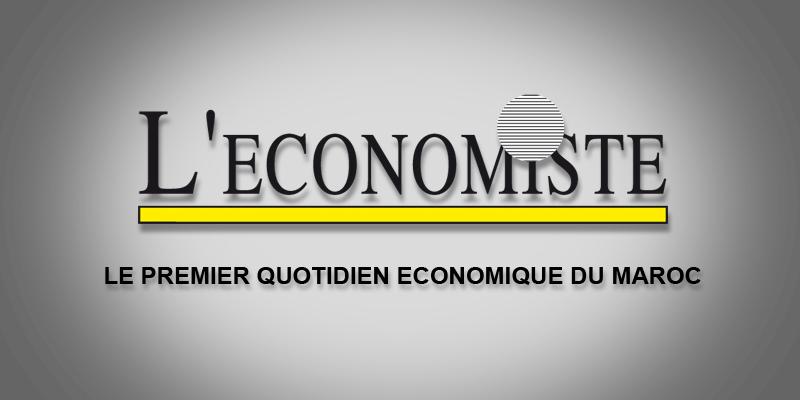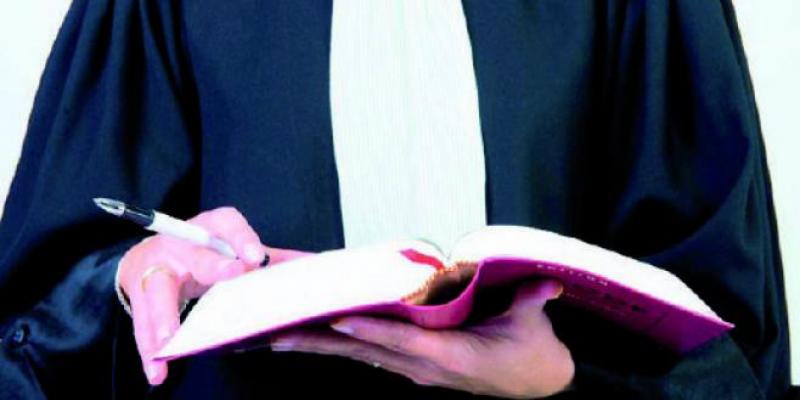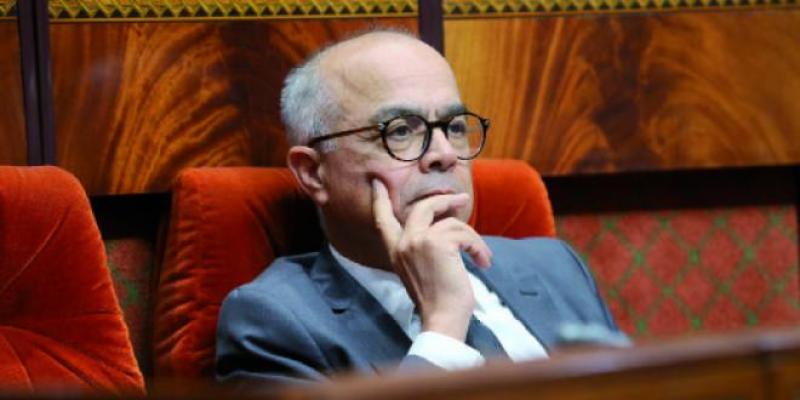
A nraw, realistic dive into the Fez of a vanished Morocco, in the final months of the French Protectorate. This is what director Abdelhaï Laraki offers audiences in his latest film, «55», in theaters from January 11 onwards. This ambitious auteur film brings to life a key period in the Kingdom’s history, and makes audiences think about the issues that are still relevant today.
The film, which lasts almost two hours and is open to all audiences, tells the story of 11-year-old Kamal, the son of a modest craftsman in the medina of Fez in the summer of 1955. Driven by a platonic love for Aicha, his 18-year-old neighbor, he gradually becomes immersed in the struggle for independence, and finds himself caught up in the fight against colonialism alongside the student resistance fighters of the Qaraouiyine.
The film’s themes include the violence suffered by colonized peoples, colonial oppression, and the overwhelming patriotism of the people of the time. «55 raises the question of the identity of colonized and ex-colonized peoples. It shows the humiliation and pain of a people under occupation, and their dignity in the struggle for independence», confided producer Caroline Locardi Laraki.
Another theme analyzed is female empowerment and the question of women’s place in the public sphere. «Through this film, I wanted to highlight the crucial role played by women in the organized struggle for independence. To achieve this, I tried to capture on screen their determination and fervor, often overlooked in historical accounts», said the director. Finally, the film questions the key issues facing Moroccan society in the 1950s, including racism, discrimination against minorities and the quest for individual freedom.
To immerse viewers in the atmosphere of a period film, meticulous attention was paid to costume design and the choice of largely real settings, such as the Qaraouiyne mosque and Medersa Attarine. «The film «55» required a major human and financial investment, with no skimping on any technical or artistic aspect. Over 200 extras were selected, made up and dressed in authentic costumes», said the producer. «A team of specialized technicians was also in charge of special effects, to ensure that explosions and battles against the occupying forces were depicted realistically», added Caroline Locardi Laraki.
Delicate work was also carried out in post-production, firstly visually, by «digitally purging» the medina frame by frame of satellite dishes and other anachronistic signs. Sound-wise, too, by recreating and enriching the sound atmosphere so that it could «immerse» the viewer as authentically as possible.
Casting-wise, the film doesn’t disappoint the viewers either. Actors include regulars such as Nabil Atif and Mohamed Naiman, as well as up-and-coming young talents such as Oumaima Barid, who plays the role of Aicha.
Karim AGOUMI


























